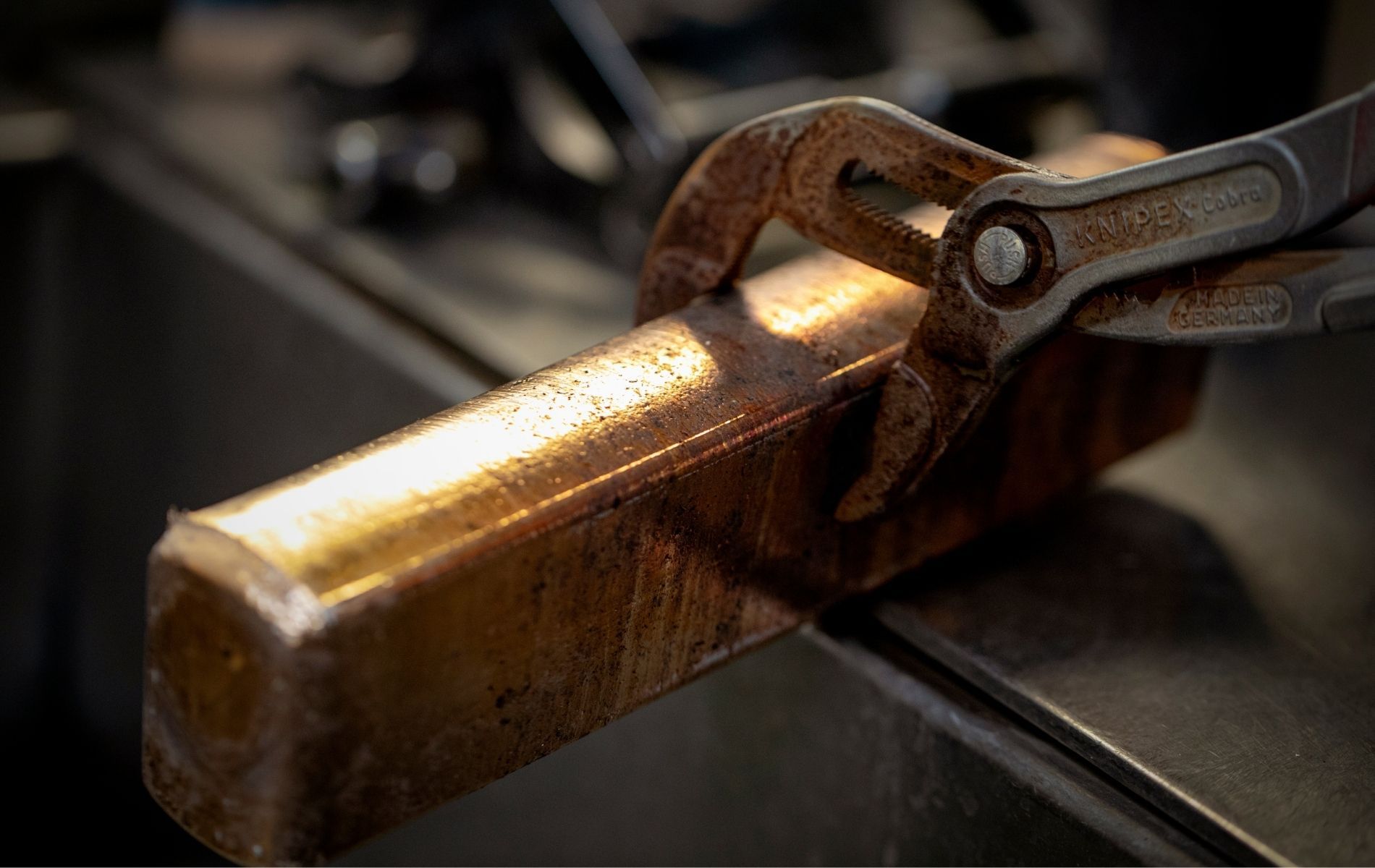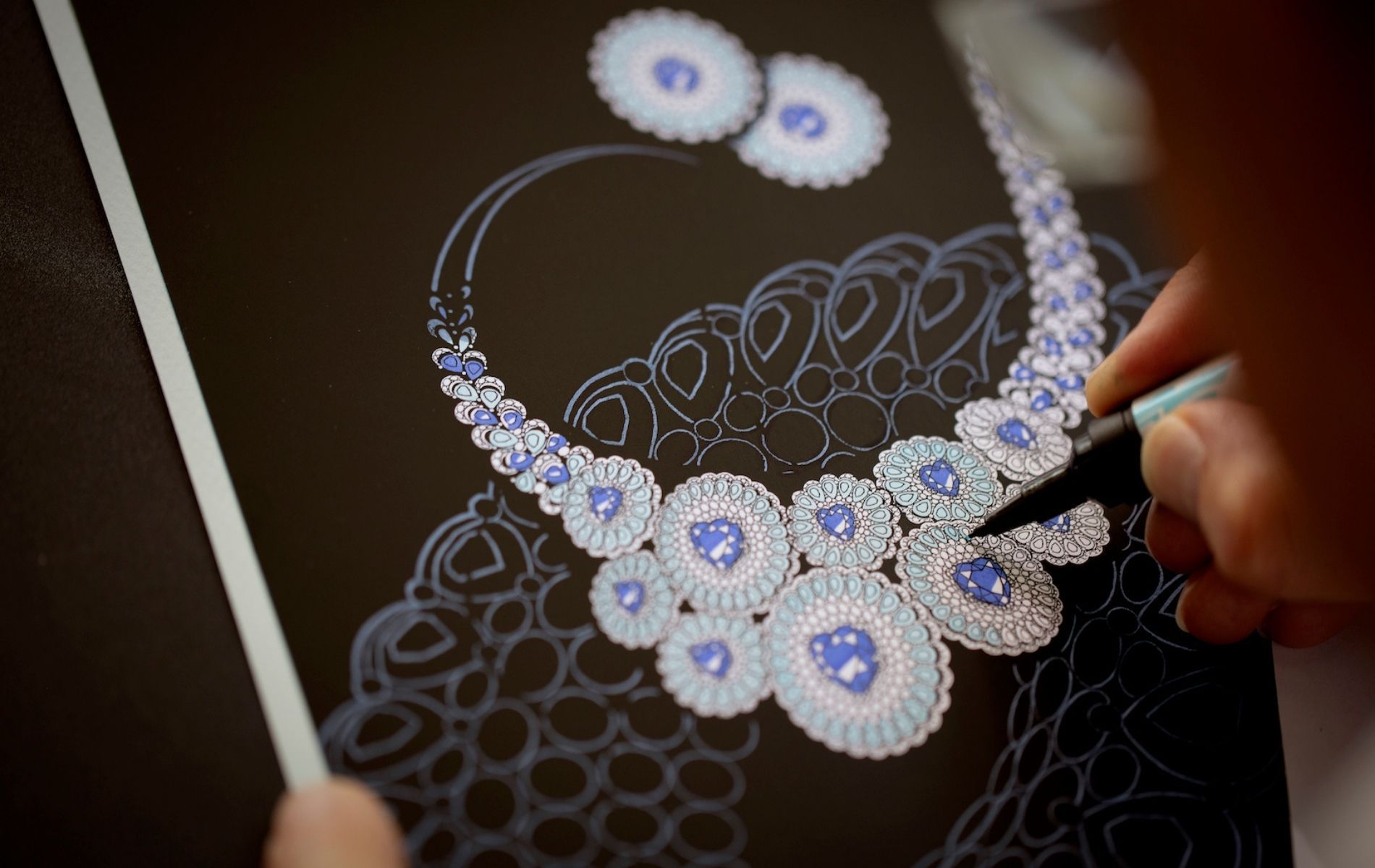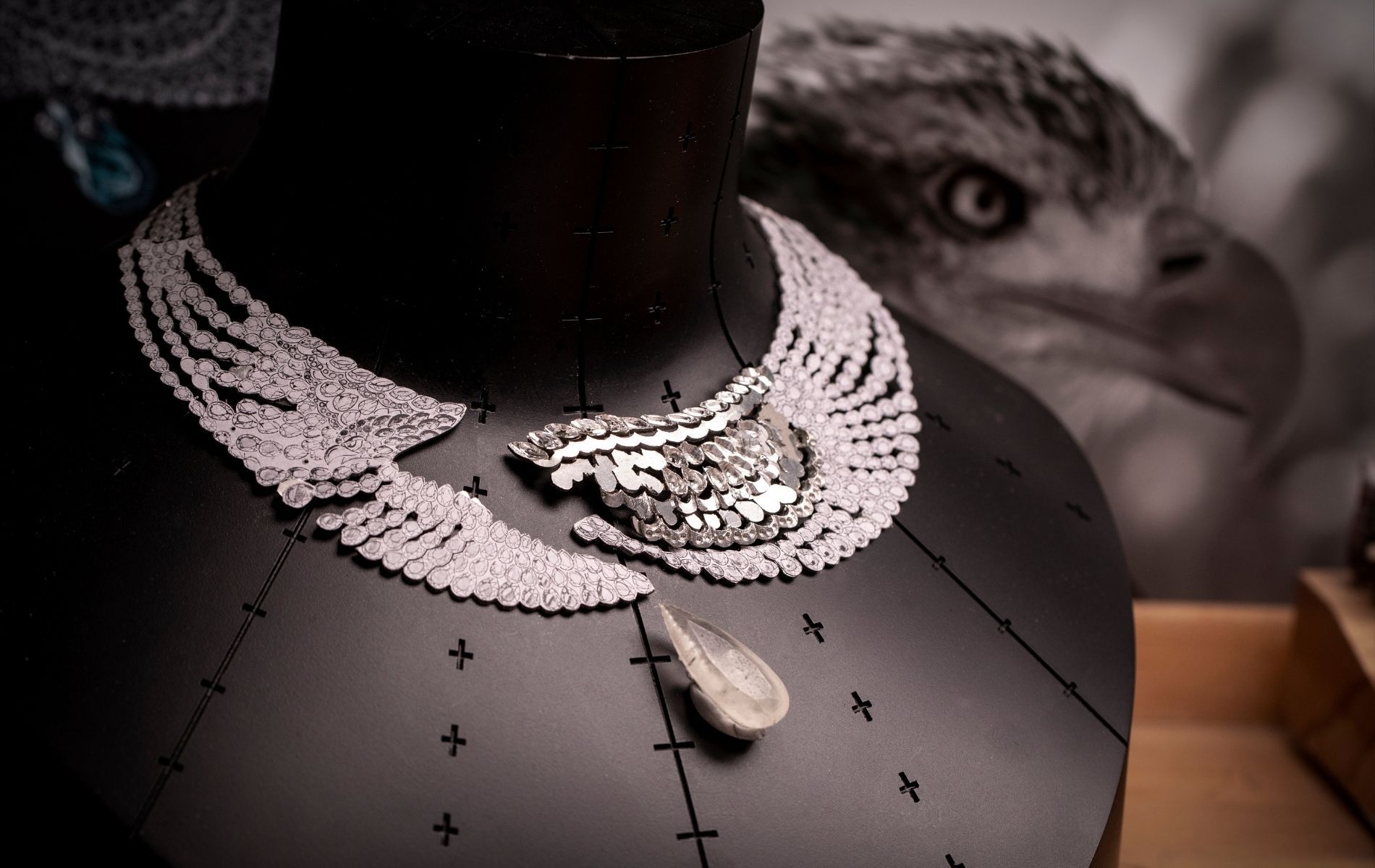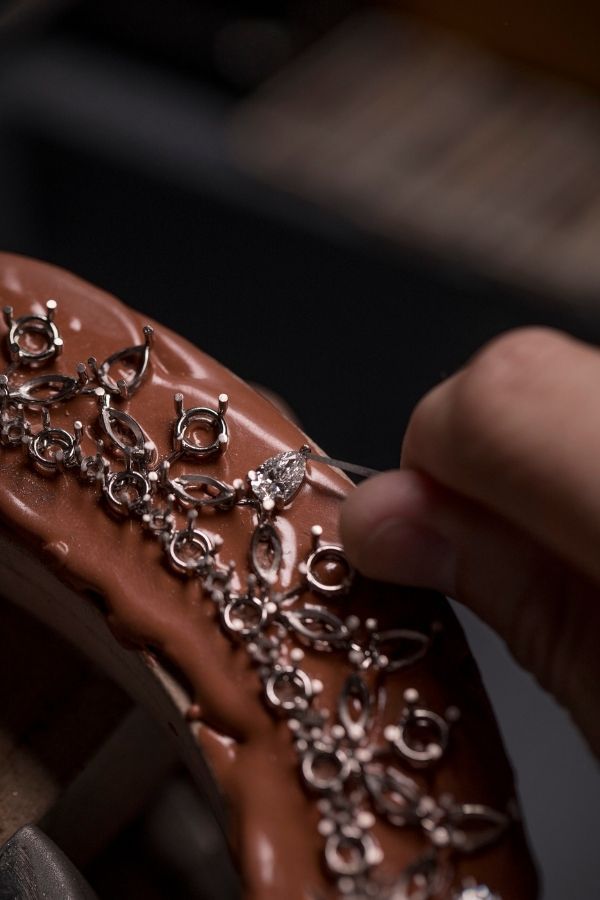When it comes to luxury, Chopard doesn’t believe in half measures, which explains the wealth of artisanal crafts the luxury Maison has in its possession
In the basement of Chopard’s Geneva manufacturing premises, an artisan can be found smelting gold and producing gold alloys. These alloys then make their way to the watch and jewellery workshops where dedicated artisans are tasked to use them to craft the objects of desire you eventually find in a Chopard boutique.
Chopard takes pride in the fact that it has craftsmen of varied skills to work on its watches and jewellery, from gold smelting and gem-setting to producing grand complications, which go a long way in ensuring high levels of craftsmanship and quality.
Here, the Swiss luxury Maison gives a rare peek into the universe these artisans dwell in.
Focus on artisans: How Ong Ning-Geng Has Carved A Name For Single-Origin Malaysian Chocolate
Gold foundry
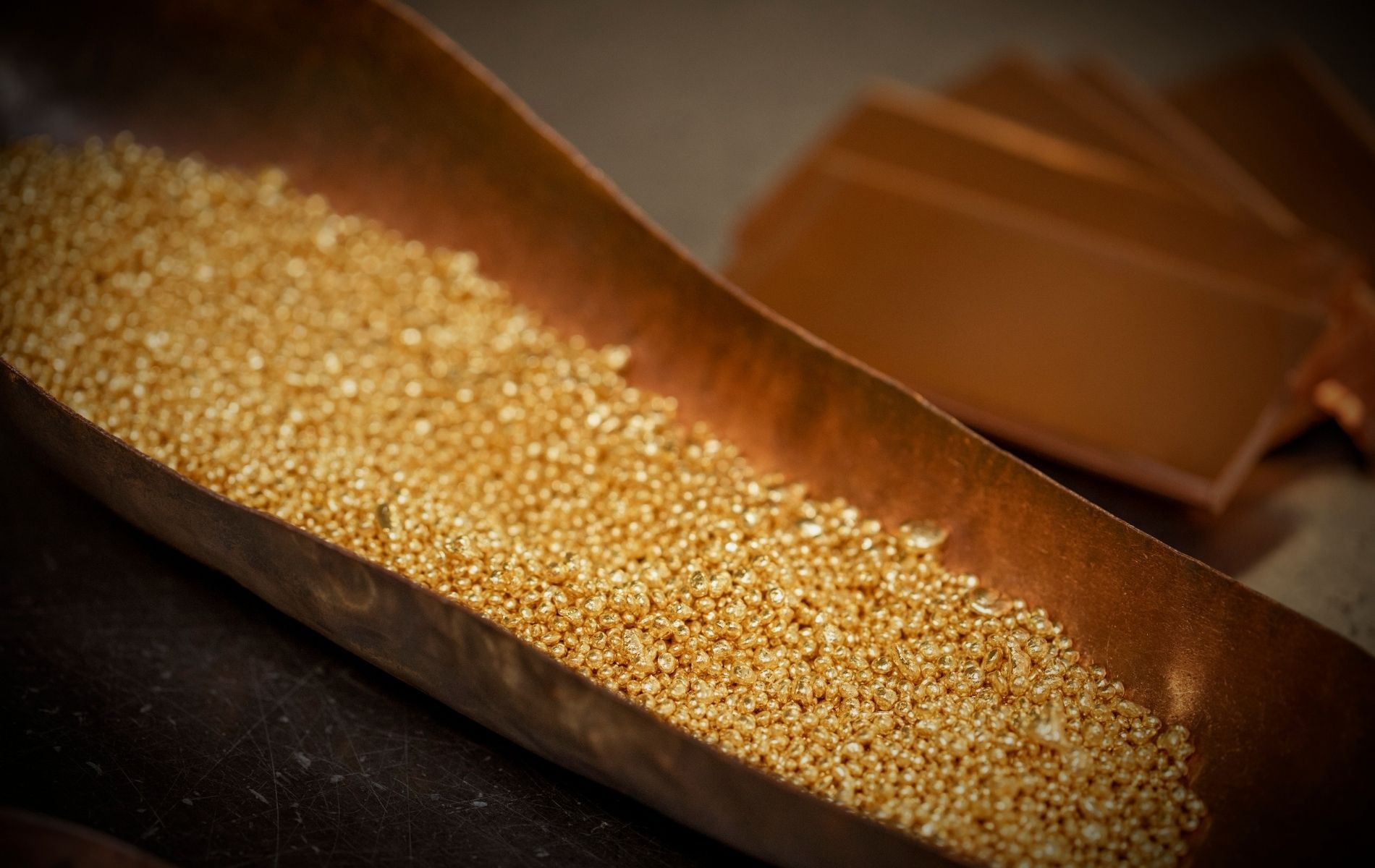
Very few manufactures can boast to operate its own gold foundry. There’s Rolex. And, of course, Chopard, which established its own foundry after company co-president Karl-Friedrich Scheufele took steps to integrate watch production vertically in the late 1970s.
Having its own foundry offers two key benefits. First, it has the freedom to choose the source of its gold. As part of its commitment to sustainable luxury, all Chopard gold are sourced directly from sustainable mines for what it calls Fairmined gold.
See also: How Chopard Made Sustainable Luxury Its Top Priority

